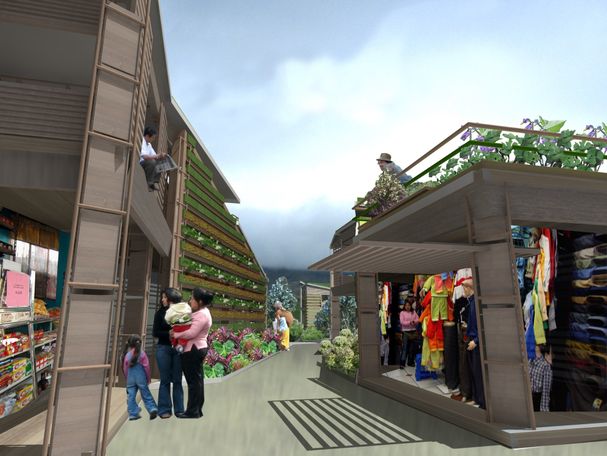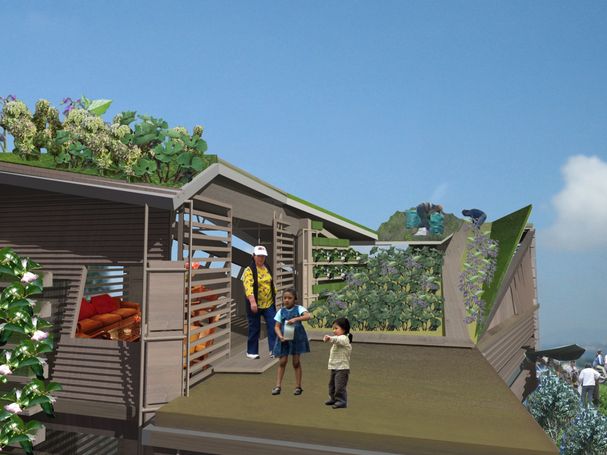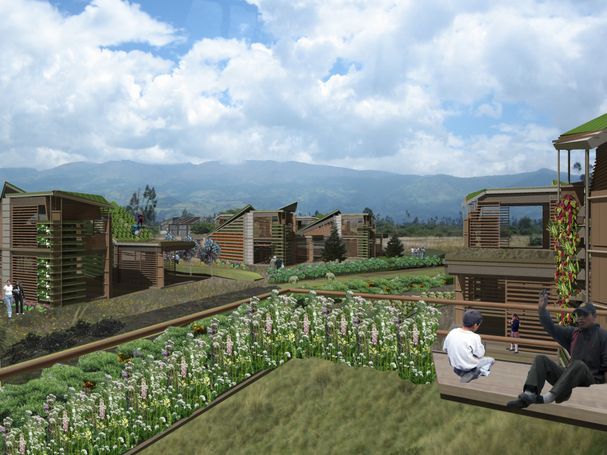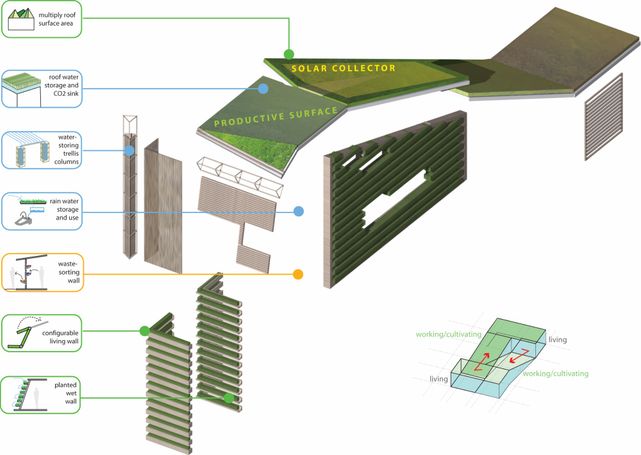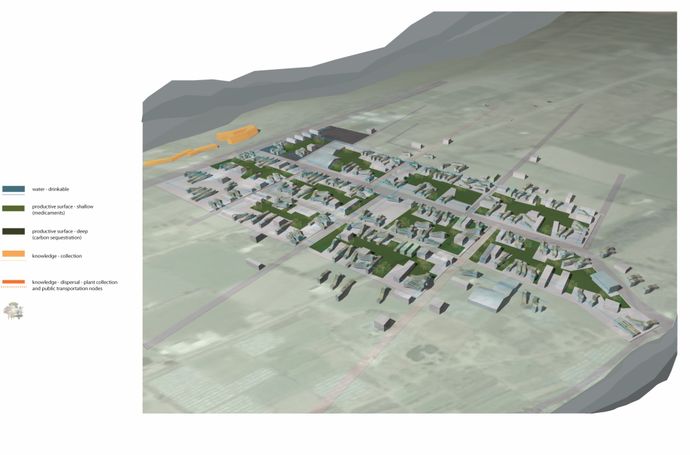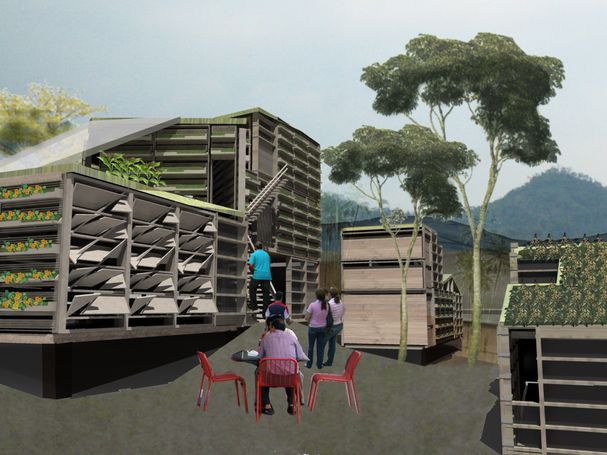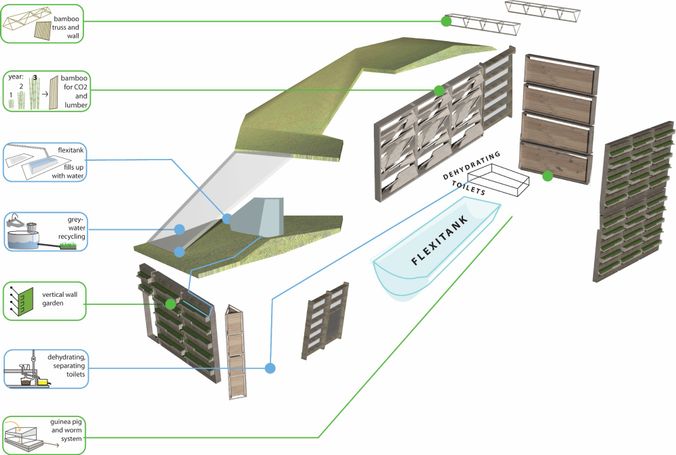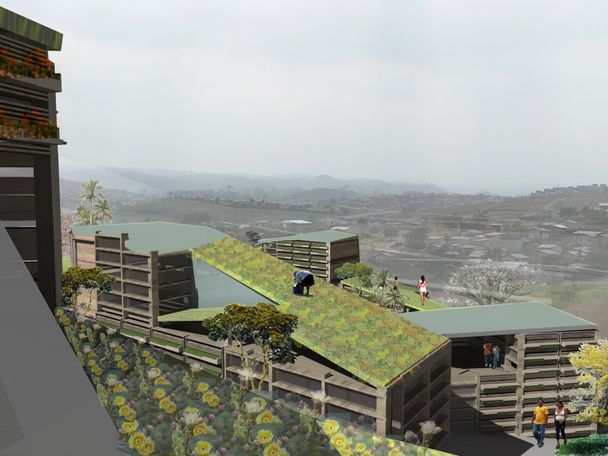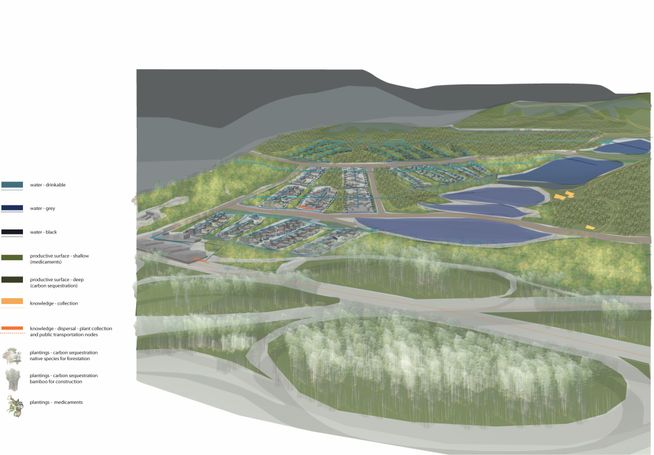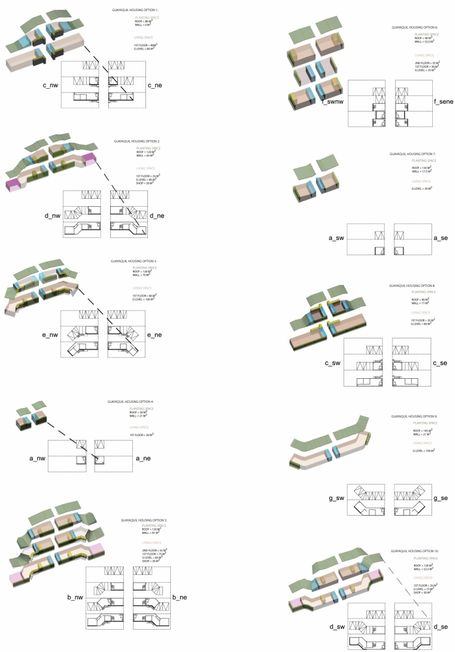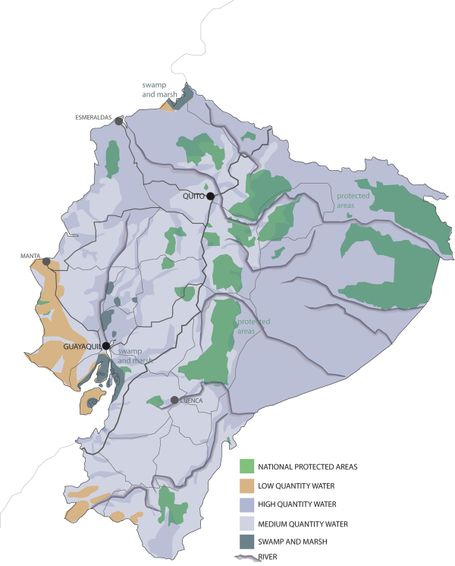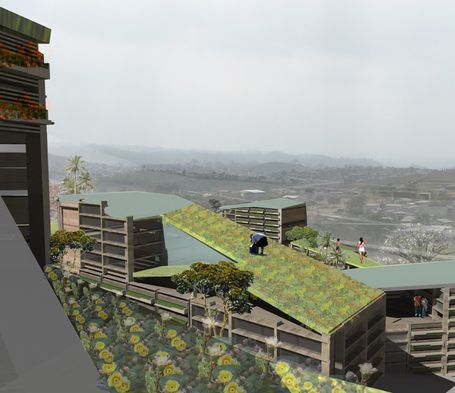
Re_source Values
What does growth pressure mean for the cities of Quito and Guayaquil?
Micro-production and self-organized live-work typology
Group project with Elizabeth Barry and Frankie Lui, Columbia University - 2007
We question the either/or definition of people and nature and propose instead that people are nature and our cities are ecosystems. We offer a system of re_sourcing values to create better functionality of our city systems, provide for continued growth and development and protect opportunities for future development.
Presently, the ecosystems on which the cities are built have been reduced in their ability to function because of heedless development.
East of Quito, a new airport is being created in a valley that was until recently primarily agricultural. The boom of suburban development in the valley has altered the agrarian landscape, and will likely intensify with the economic engine that the airport provides. The opportunity to leverage this development for a new mode of growth is significant. The quebrada / ravines that run through this high elevation landscape are home to rare pre-settlement Andean vegetation, and merit protection.
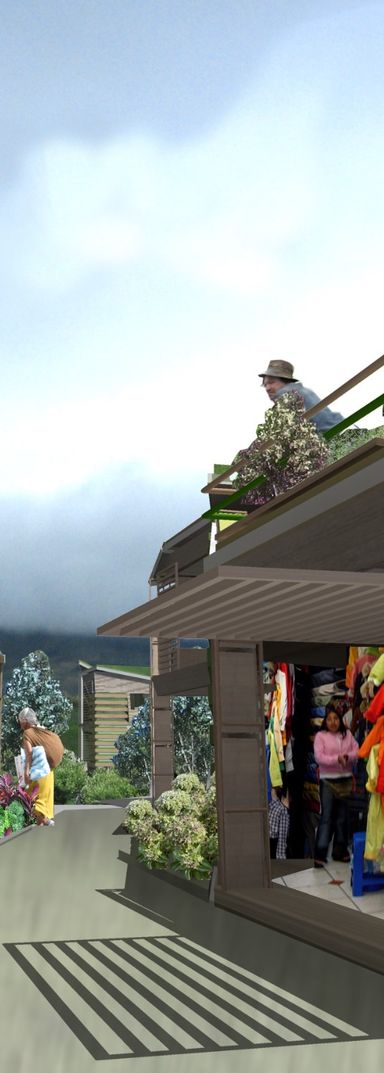
The Chongon Colonche Hills stretch westward from downtown Guayaquil and provide a haven for biodiversity in the country. Although considered a “dry tropical forest”, it is actually quite moist and is a source of fog water catchment that serves the entire peninsula. The southern face of the range near the city has been site of significant limestone extraction quarries, while the northern face consists of churt and is unquarried. As the city of Guayaquil grows north, it is also expanding west onto the hill, primarily with informal development though large, expensive developments also exist along its southern side.
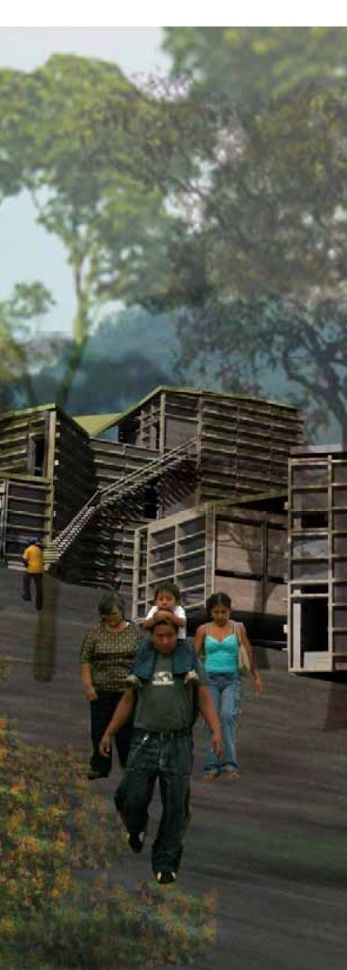
© Copyright 2022, Marissa Vaish. All rights reserved.
